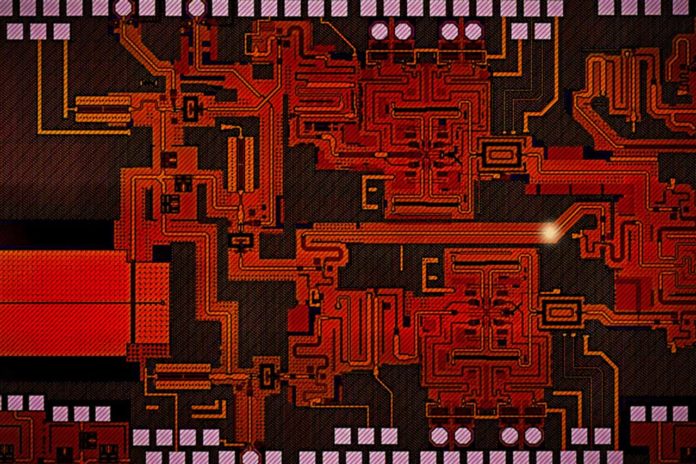Data transfer speed is also known as data transfer rate or DTR. It shows how much digital data can be transferred given a specific amount of time. Whether you’re transferring via Internet, LAN, or between drives to computers, the data transfer speed will especially matter for people who continuously transfer files.
Vast information is being shared between computer chips — cloud computing, the internet, big data. And a lot of this happens over conventional copper wire.
These copper wires, especially found in USB or HDMI cables, consume lots of power while dealing with heavy data loads. There’s a fundamental tradeoff between the amount of energy burned and the rate of information exchanged.
The alternative to copper wire is fiber-optic cable. But, it has its limitations. The silicon computer chips generally don’t play well with photons, making interconnections between fiber-optic cables and computers a challenge.
To meet the growing demand for fast data transmission, MIT scientists have developed a data transfer system that can transmit information ten times faster than a USB. The new link pairs high-frequency silicon chips with a polymer cable as thin as a strand of hair.
Georgios Dogiamis, a senior researcher at Intel, said, “The new link draws on benefits of both copper and fiber optic conduits while ditching their drawbacks. It’s a great example of a complementary solution.”
“The conduit is made of plastic polymer, so it’s lighter and potentially cheaper to manufacture than traditional copper cables. But when the polymer link is operated with sub-terahertz electromagnetic signals, it’s far more energy-efficient than copper in transmitting a high data load. The new link’s efficiency rivals that of fiber-optic, but has a key advantage: It’s compatible directly with silicon chips, without any special manufacturing.”
Normally, silicon chips battle to work at sub-terahertz frequencies. However, the group’s new chips create those high-frequency signals with sufficient ability to transmit data directly into the conduit. That perfect association from the silicon chips to the conduit implies the overall system can be fabricated with standard, practical strategies.
Ruonan Han, associate professor, and Holloway’s Ph.D. adviser in EECS, said, “The new link also beats out copper and fiber optic in terms of size. The cross-sectional area of our cable is 0.4 millimeters by a quarter millimeter.”
“So, it’s super tiny, like a strand of hair. Despite its slim size, it can carry a hefty load of data since it sends signals over three different parallel channels, separated by frequency. The link’s total bandwidth is 105 gigabits per second, nearly an order of magnitude faster than a copper-based USB cable. The cable could address the bandwidth challenges as we see this megatrend toward more and more data.”
“In future work, we hope to make the polymer conduits even faster by bundling them together. Then the data rate will be off the charts. It could be one terabit per second, still at low cost.”
This research was funded, in part, by Intel, Raytheon, the Naval Research Laboratory, and the Office of Naval Research.
The research was presented at this month’s IEEE International Solid-State Circuits Conference. The lead author is Jack Holloway ’03, MNG ’04, who completed his Ph.D. in MIT’s Department of Electrical Engineering and Computer Science (EECS) last fall and currently works for Raytheon. Co-authors include Ruonan Han, associate professor and Holloway’s Ph.D. adviser in EECS, and Georgios Dogiamis, a senior researcher at Intel.
